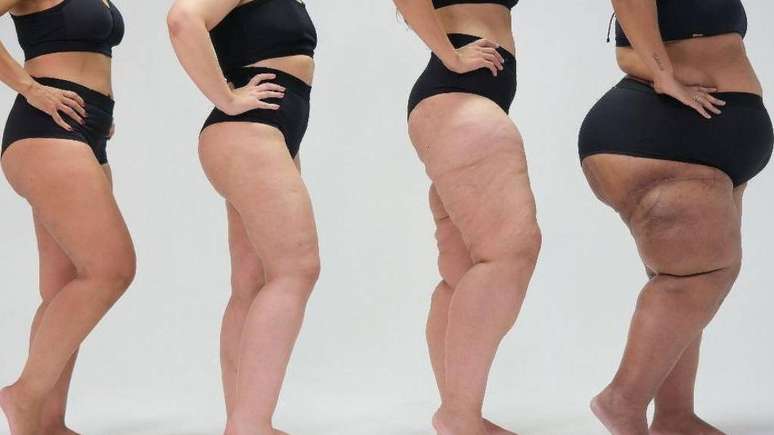In 2019, the World Health Organization officially classified the Lipedema as a distinct disease. This change was institutionalized in the international classification of diseases (ICD-11) in 2022, although the implementation of this version in Brazil was postponed to 2027
Lipedema is a condition that affects about 10% of women all over the world, characterized by an accumulation of abnormal fat in specific body regions, such as legs and arms. Initially, this disease that was described in 1940 is commonly confused with obesity due to its physical manifestations. However, it substantially differs in your response to the usual weight loss methods such as diet and exercise.
In 2019, the World Health Organization officially classified the Lipedema as a distinct disease, making it clearer recognition and diagnosis. This change was institutionalized in the international classification of diseases (ICD-11) in 2022, although the implementation of this version in Brazil was postponed to 2027. Although they are a surprising health condition, many women still fight to obtain a clear diagnosis It is accurate.
What are the symptoms of the Lipedema?
The condition has specific signs that include changes in the skin, such as the presence of nodules and similarity of cellulite. The affected areas often do not respond to conventional weight loss, which can be frustrating for patients trying to reduce these fat masses with traditional methods. In addition, other common symptoms are pain, the feeling of heavy legs, frequent bruises and skin signs caused by poor circulation.
“Let’s see women who have a subtle life [não possuem alta concentração de gordura na barriga]They feed themselves balanced, exercise and end frustrated because they continue deformity in the limbs “states Fábio KamamotoPlastic surgeon and creator of the Lipedema Institute, in an interview with Folha de sp.
Furthermore, the characteristic form of the legs, often described as “Wry -amaped“It is an important trace in diagnosis.
Diagnosis
The diagnosis of Lipedema depends on a detailed clinical evaluation, with various exams to identify the condition. Therefore, it is essential to consult a health professional expert in this type of disorder. The doctors take into account the family history of the Lipedema during the diagnosis. In addition, significant hormonal changes are analyzed in patient’s life, such as puberty and pregnancy.
Finally, although there is no definitive care for the Lipedema, the available treatments are focused on the management of symptoms and the improvement of the quality of life. Approaches such as lymphatic drainage and compression stockings can relieve swelling. In addition, liposuction is valid for removing specific fat cells in the most serious cases.
Source: Terra
Ben Stock is a lifestyle journalist and author at Gossipify. He writes about topics such as health, wellness, travel, food and home decor. He provides practical advice and inspiration to improve well-being, keeps readers up to date with latest lifestyle news and trends, known for his engaging writing style, in-depth analysis and unique perspectives.








